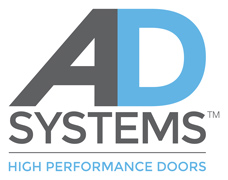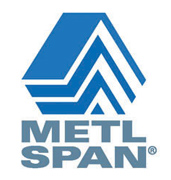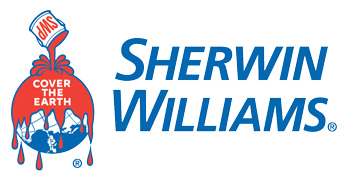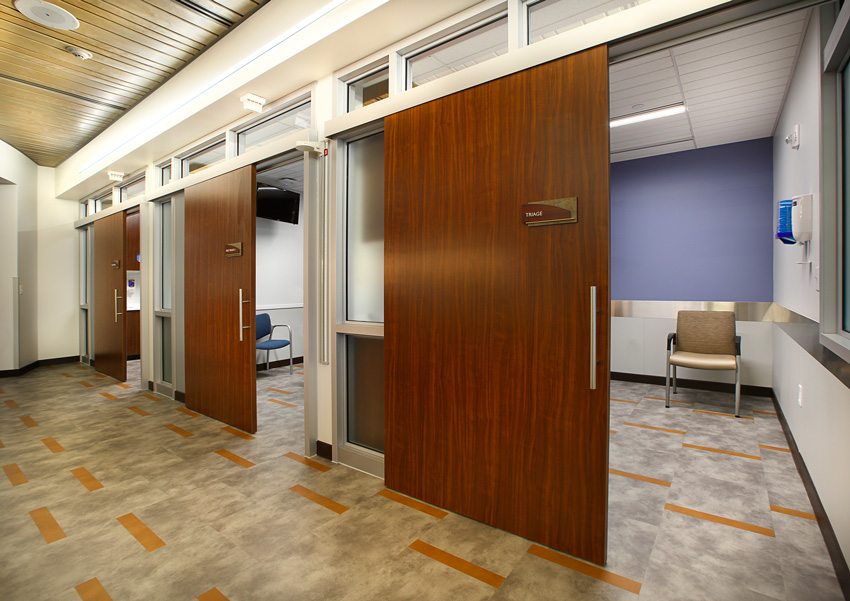Design Strategies for Optimal Well-Being in Health Care Environments
Conclusion
There are certainly countless ways to achieve the design, construction, and operation goals of health-care environments in a manner that brings about optimal health and comfort benefits to facility patients, visitors, and staff.
Understanding the options and some of the materials and systems currently available, such as those described in this course, can help architects, other design professionals, construction teams, facility managers, and administrators achieve these goals successfully.
Foot Notes
*Staph (Staphylococcus aureus), MRSA (Methicillin-resistant Staphylococcus aureus), E. coli (Escherichia coli), VRE (Vancomycin-resistant Enterococcus faecalis), and Enterobacter aerogenes
End Notes
12014 Healthcare Design & Expo. The Center for Health Design. Web. 9 November 2016. www.healthdesign.org.
2MacKenzie, D.J. and Galbrun, L. “Noise levels and noise sources in acute care hospital wards.” Building Services Engineering Research & Technology. SAGE Publications. May 2007. Vol. 28, No. 2.
3Joseph, A. and Ulrich, R. Sound Control for Improved Outcomes in Healthcare Settings. The Center for Health Design. January 2007. Web. 9 November 2016. www.healthdesign.org/sites/default/files/Sound%20Control.pdf.
4Xie, H.; Kang, J.; and Mills, G.H. “Clinical Review: The impact of noise on patients’ sleep and noise reduction strategies in intensive care.” National Center for Biotechnology Information. 9 March 2009.
5Moeller, Niklas. “Improving speech privacy and noise control for healthcare.” 20 January 2014. Web. 9 November 2016. Healthcare Facilities Today. TradePress. www.healthcarefacilitiestoday.com/posts/Improving-speech-privacy-and-noise-control-for-healthcare--3773.
6Infection Control. The Center for Health Design. Web. 9 November 2016. www.healthdesign.org/topics/infection-control?page=6.
7Carr, Robert F. “Health Care Facilities.” Whole Building Design Guide. National Institute of Building Sciences. 22 October 2014. Web. 9 November 2016. www.wbdg.org/design/health_care.php.
8Bamborough, Mary. “The use of color in healthcare settings.” Healthcare Design. 1 January 2011. Web. 9 November 2016. www.healthcaredesignmagazine.com/article/use-color-healthcare-settings.
9Bosch, Sheila J. et all. The Application of Color in Healthcare Settings. The Center for Health Design. October 2012. Web. 9 November 2016. www.healthdesign.org/sites/default/files/chd_color_paper_final-5_1.pdf.
Robyn M. Feller is a freelance writer and editor specializing in the architecture, design, and construction industry. www.linkedin.com/in/robynfeller

|

|

|
Notice

www.specADsystems.com

metlspan.com

www.swpaintshield.com









